The need for speed is hard wired into humans, it seems. Even those of us who enjoy flying slow also love the idea of eating up the miles in some fast cruiser. A flight that turns a three-hour driving ordeal into a 25-minute aerial jaunt becomes a bragging right for any pilot.
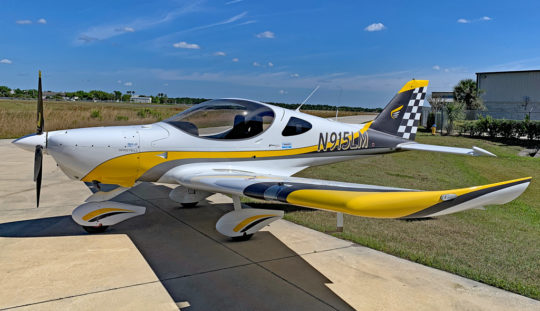 Other than the pure thrill of logging a high groundspeed, going fast is only useful when you’re going somewhere. If perhaps your goal is aerial sightseeing then slow (and probably low) is the way to go. If you have to go fast, remember that old saying from auto racing: “Speed cost money; how fast do you want to go?” This equally applies to aviation.
Other than the pure thrill of logging a high groundspeed, going fast is only useful when you’re going somewhere. If perhaps your goal is aerial sightseeing then slow (and probably low) is the way to go. If you have to go fast, remember that old saying from auto racing: “Speed cost money; how fast do you want to go?” This equally applies to aviation.
FAA actually drew a speed line back in the early 2000s when the SP/LSA rule was being written (just as now with the LSA 2023 rule in the works). No, I don’t refer to the 120-knot speed limit we’ll discuss below. I refer to a slower speed, the one implied in the minimum 20 hours required for a Sport Pilot certificate.
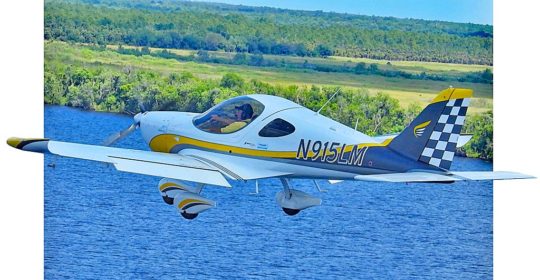 Rule writers separated Light-Sport Aircraft as sub-87 knot and faster. At the time the rule was released, this made sense. America was still flying lots of what we now loosely call “ultralights.” These aircraft were simply built, half the empty weight of most LSA today, and flew slower, usually under 100 mph …87 knots.
Rule writers separated Light-Sport Aircraft as sub-87 knot and faster. At the time the rule was released, this made sense. America was still flying lots of what we now loosely call “ultralights.” These aircraft were simply built, half the empty weight of most LSA today, and flew slower, usually under 100 mph …87 knots.
Then LSA got glass cockpits, leather interiors, high performance engines, autopilots, and more. Prices went up accordingly and today we have a bifurcated market — just like FAA once envisioned, with simpler sub-87 knot airplanes and faster but more costly models.
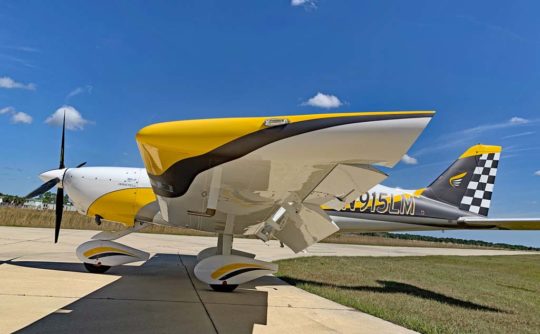 For plenty of pilots, 100 mph is fine for most of their flying including regional travel. Those who yearn for speed or want to travel interstate or cross country want the fastest machine they can afford.
For plenty of pilots, 100 mph is fine for most of their flying including regional travel. Those who yearn for speed or want to travel interstate or cross country want the fastest machine they can afford.
The aircraft I’ve written about recently — Blackwing 600RG, JMB VL3, Porto Risen — join other models from capable builders. Most of these are presently built in Europe as local regulations allow faster speeds and the hardware that goes with it. One example is Bristell from BRM Aero.
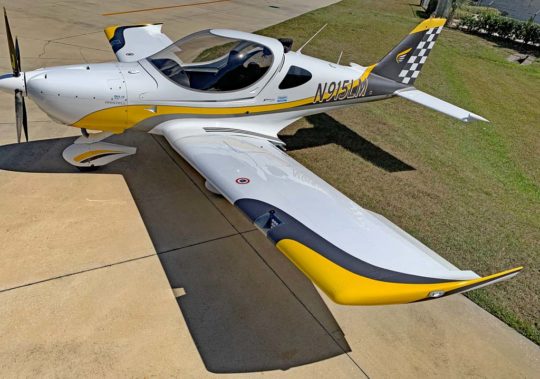
In late March 2020, before coronavirus had completely invaded our lives, I went aloft to photograph Bristell’s Speedster powered by the Rotax 915iS that is becoming the engine of choice for developers of the fastest LSA-like airplanes.
Imported by Bristell Aircraft operated by longtime aviation businessman, Lou Mancuso, whom many student pilots know as “The Landing Doctor” (website). He is quite the knowledgeable pilot. When some said, “Hey, a LSA can’t fly faster than 120 knots,” Lou has a reasoned reply, as he usually does.
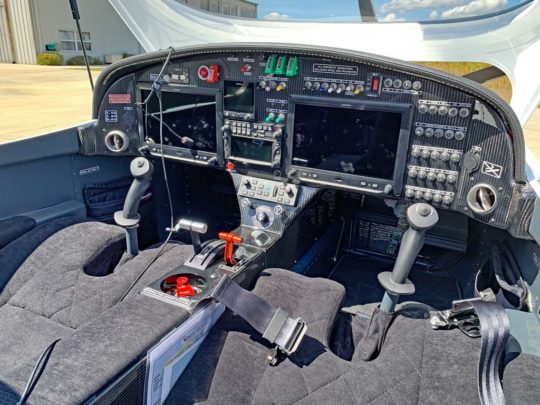
“By the way,” Lou continued, “the Bristell 915iS Speedster is an LSA as it has fixed gear, a ground adjustable prop, and weighs only 852 pounds, well within the LSA max empty weight limit of 900 pounds.”
Some people noted the IFR-capable avionics in the Bristell 915 panel and Lou replied, “It can also be flown IFR in IMC if equipped with some certified avionics and [is converted to] an ELSA.” He cautioned, “It does not have static wicks so to stay safe it needs to be light IMC.”
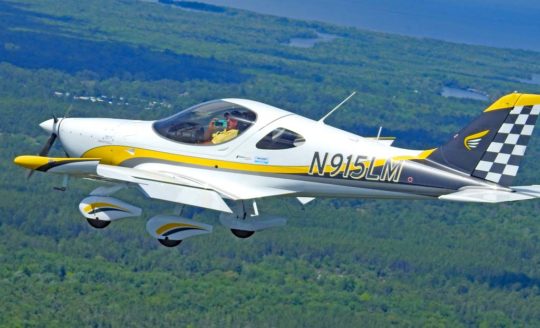
Lou Mancuso shoots the photographer after the low-and-tight formation flying ended.
Looking ahead toward LSA 2023, Lou commented, “In a couple of years we should be able to use a constant speed prop and gain additional performance.”
On the day we shot photos and video of the Bristell Speedster, Lou said this particular aircraft has achieved 170 miles per hour flight true airspeed at 12,500 feet using a Duc 4-blade ground adjustable prop.
Learn more about Bristell from an owners perspective in this video. And then…
Enjoy this short (3:17) video and see Bristell on the ground and in-flight near DeLand, Florida. (Landing fields were nearby but just out of sight during the shoot. A safety briefing preceded the flight.)


Wow!!! What an aircraft,,, number #1 on my wish list!
Great, owning an aircraft is often a big responsibility, and utilizing it effectively is an even bigger challenge. The rewards might be great, though, when the aircraft operations are entrusted with an aircraft management company that always contains the owner’s best interests planned. St. Louis area aircraft managers can have that comfort when entrusting locally-based Gateway Jets to deal with their personal or organization aircraft.
The 120 knots limit is only for straight and level flight at standard atmospheric conditions at sea level, right? Would it be possible to get a speedster like this to go even faster if the RPM was artificially limited by the ECU but only at sea level? A quick skim of the regulations appears like it would be legal to fly something that could easily go 200 knots at even 3,000 feet MSL, as long as it doesn’t exceed 120 at sea level.
Never mind. I got an answer by asking on a forum (https://sportpilottalk.com/viewtopic.php?f=33&t=5588). It sounds like it would not be allowed because it would not be running at the manufacturer’s designated maximum continuous power.
The manufacture’s AOI states the max allowable RPM, depending on Prop settings, must keep sea level speed below 120 kt
You can read the AOI at
http://Www.bristellaircraft.com/training
The Bristell 915 N915LM is an LSA. It is placarded and the AOI states do not exceed 4800 RPM or 120 knots at sea level
How many times are you going to be flying at Mean Sea Level. Rare if ever. So the higher you cruise the more speed allowance you get. No one tracks your Speed Limit. Fly your light sport category plane as you like regarding speed. Radar shows your speed thru the sky but doesn’t factor altitude, density altitude, wind speed and direction on your course to see if you are exceeding a M. SEA LEVEL adjusted speed. Fly. Enjoy going fast if conditions and visibility permit under VFR .
Very nice!